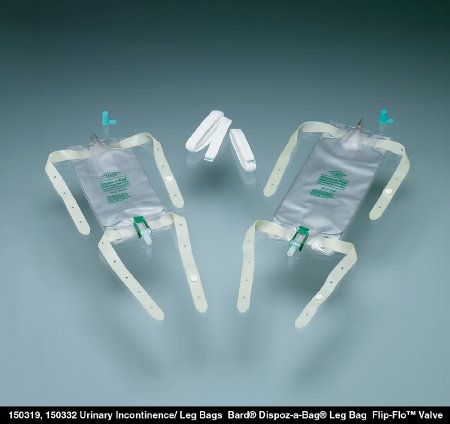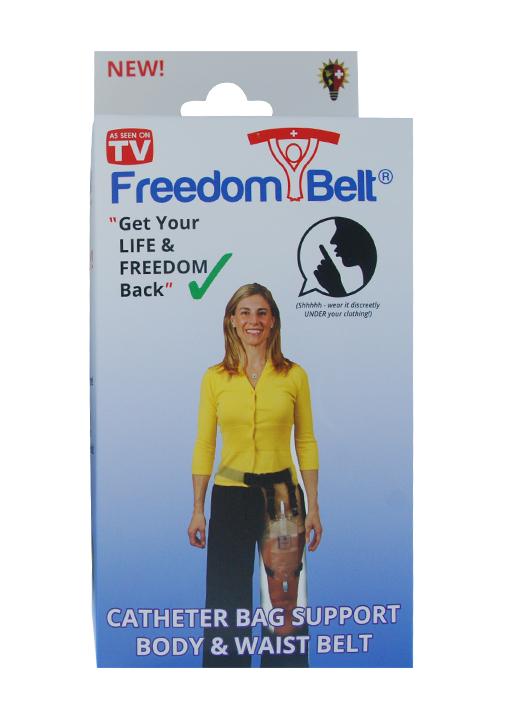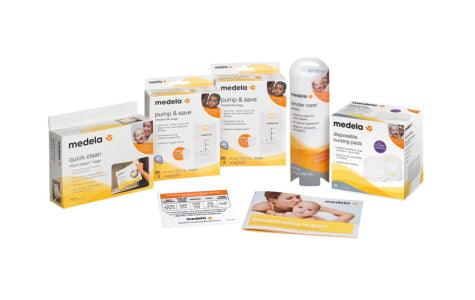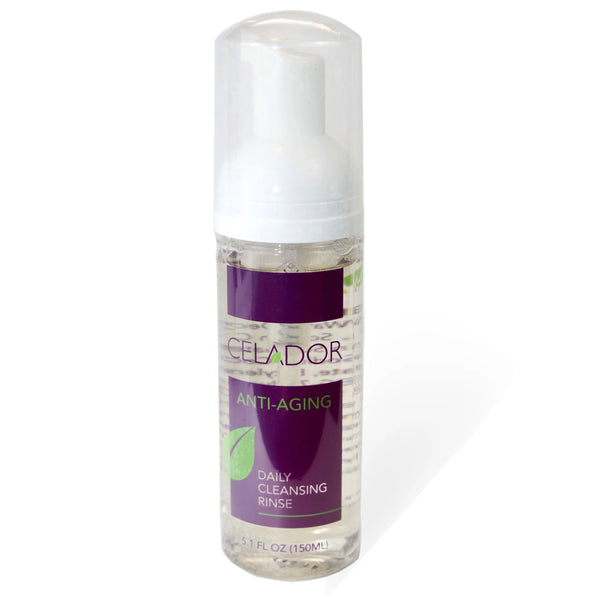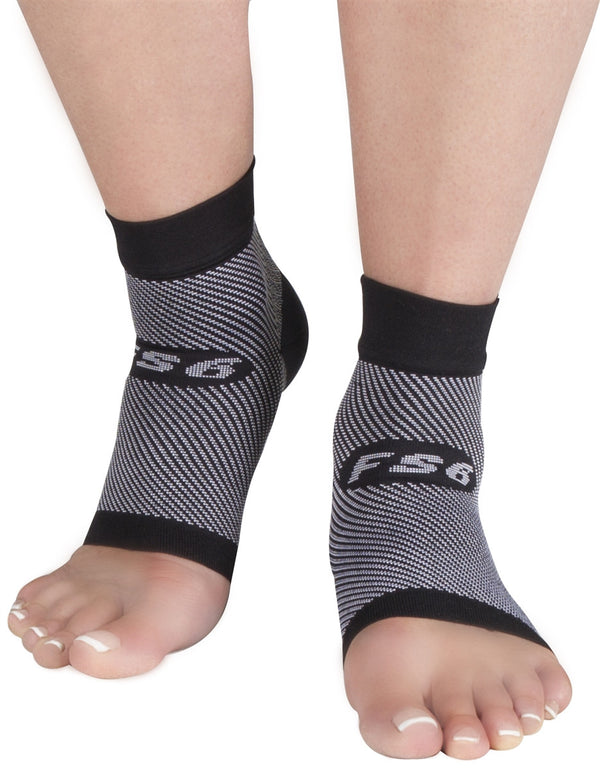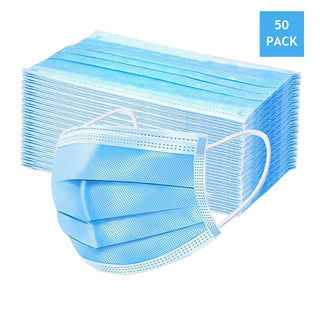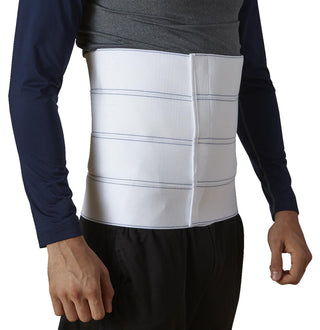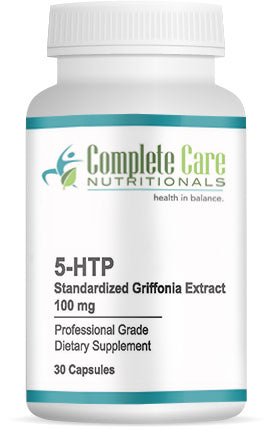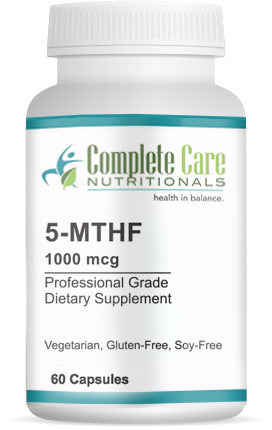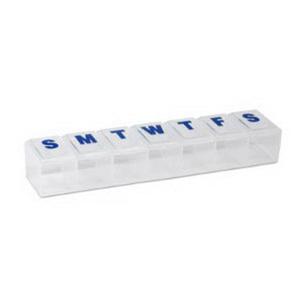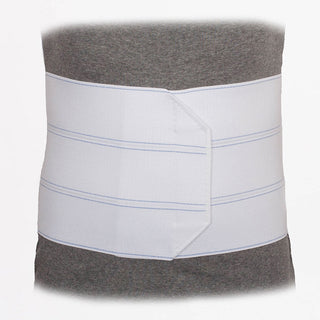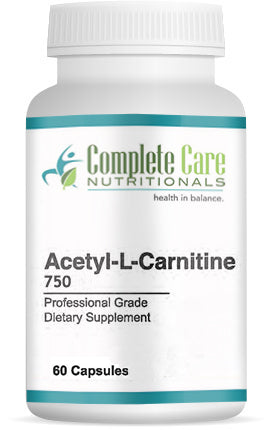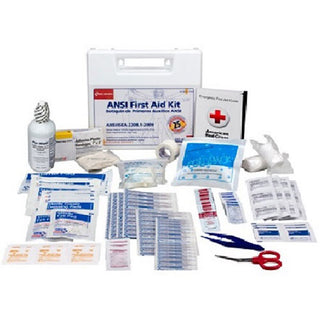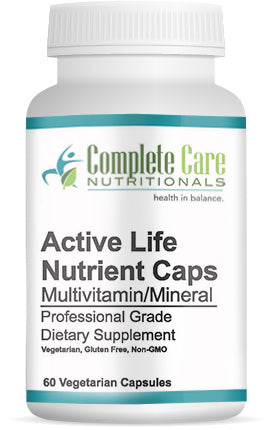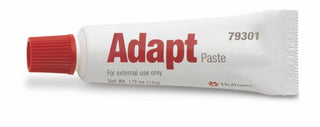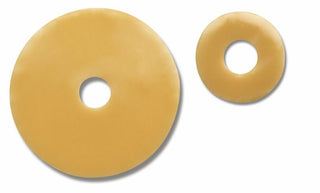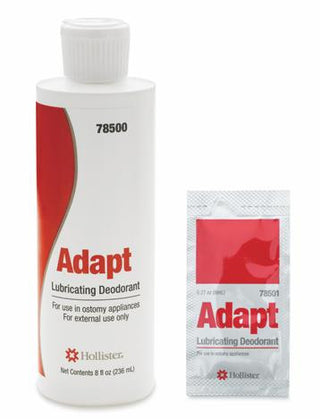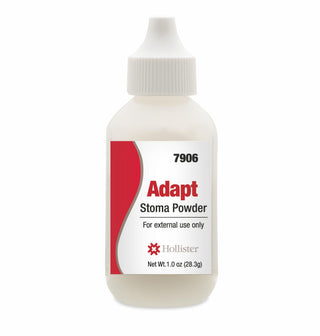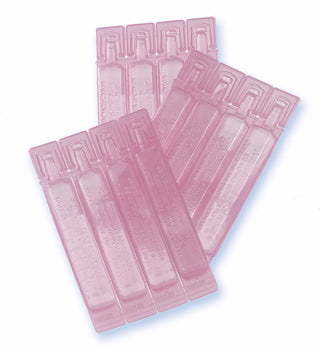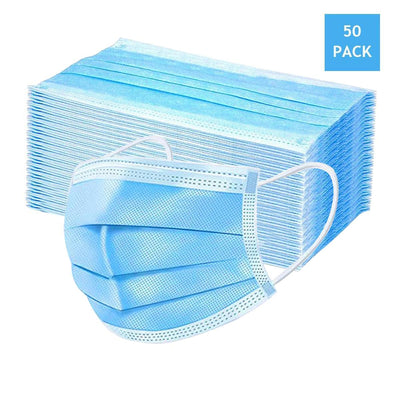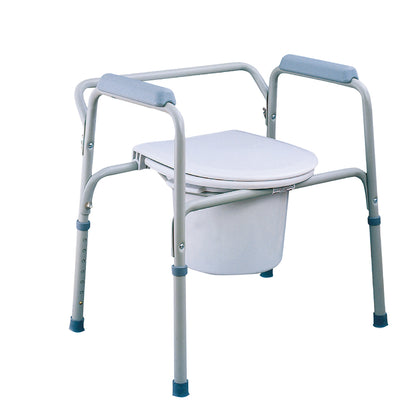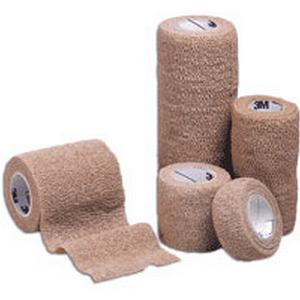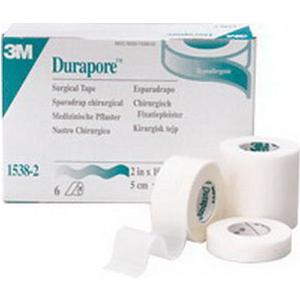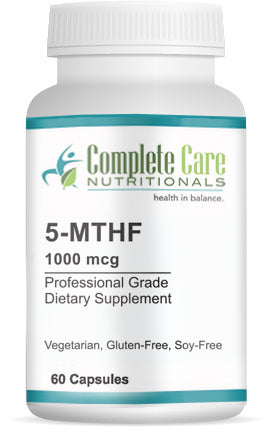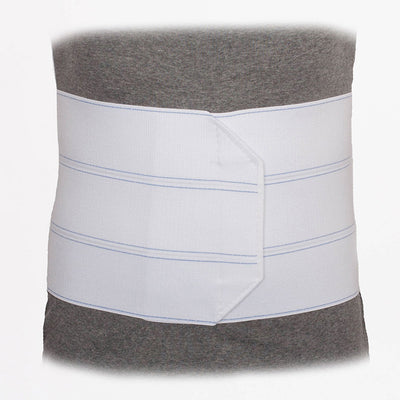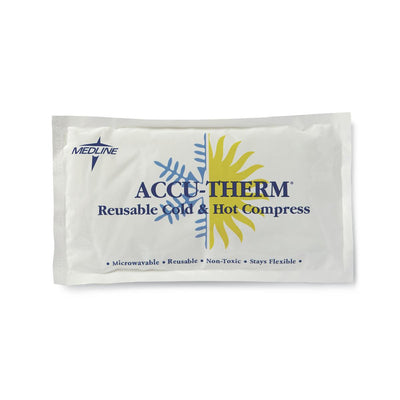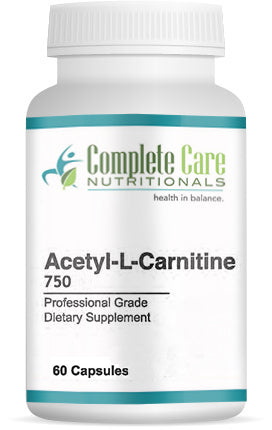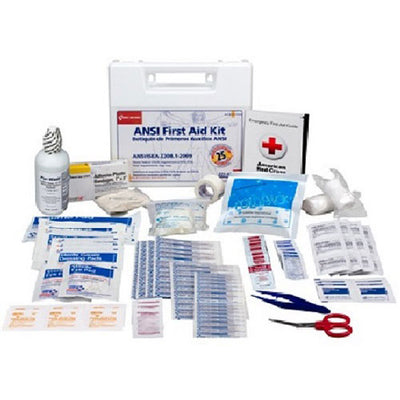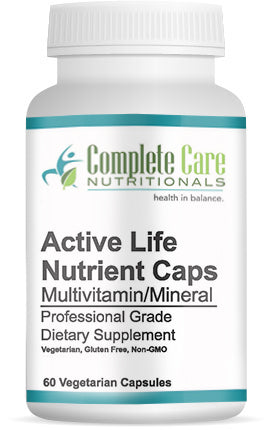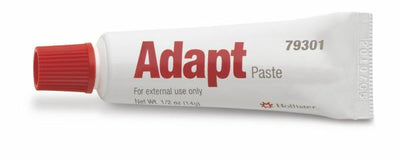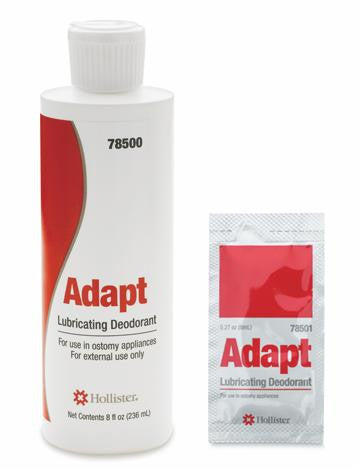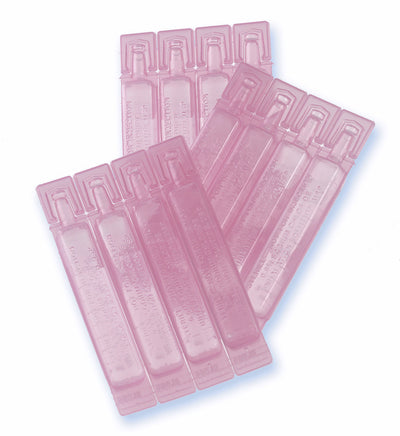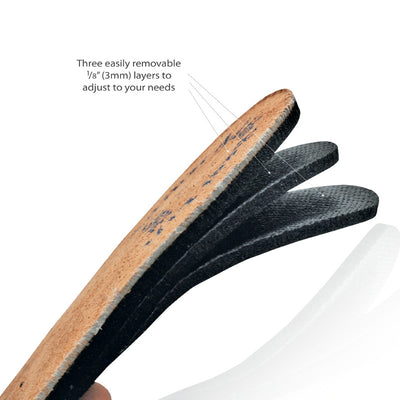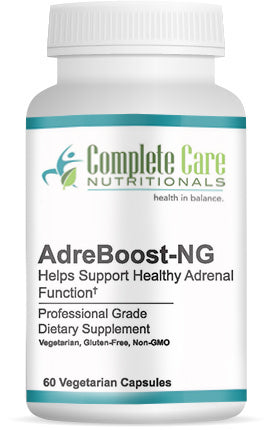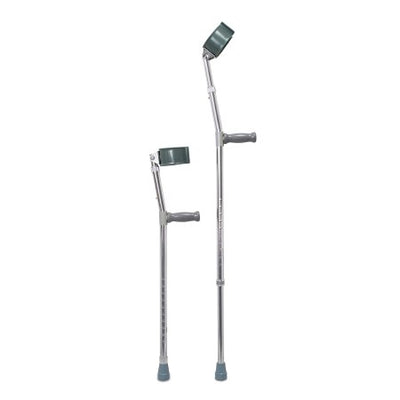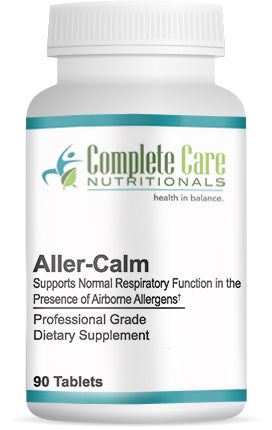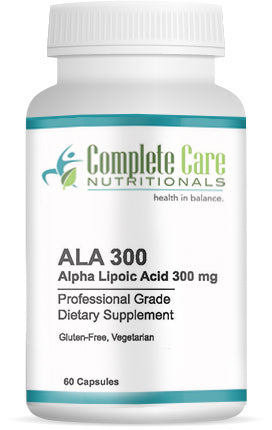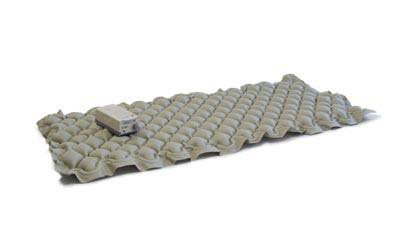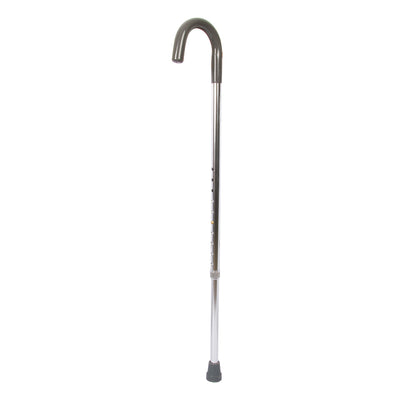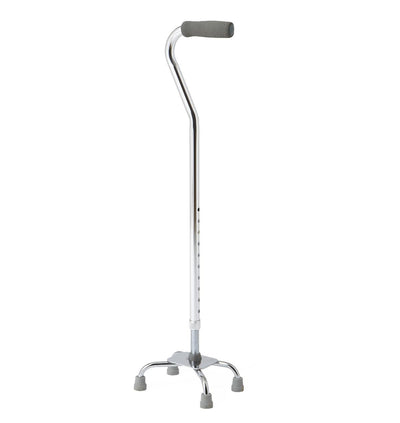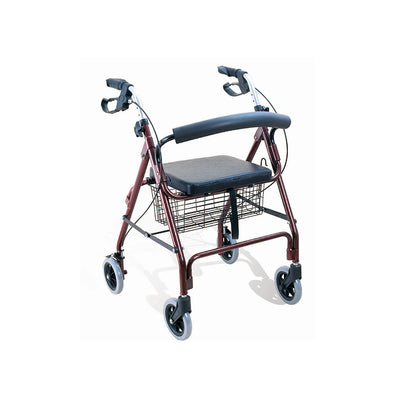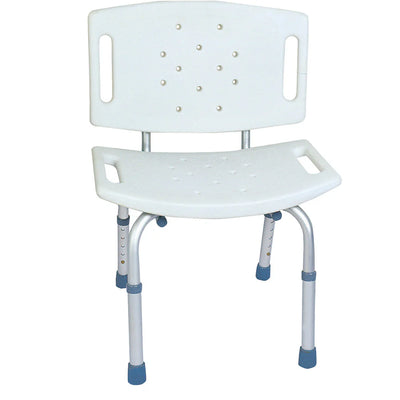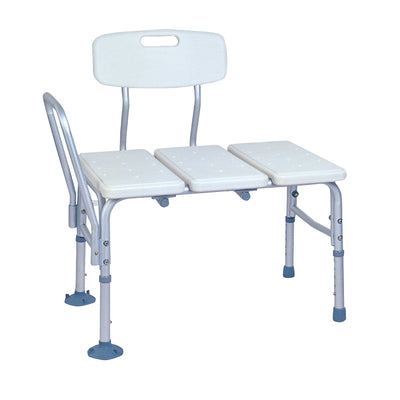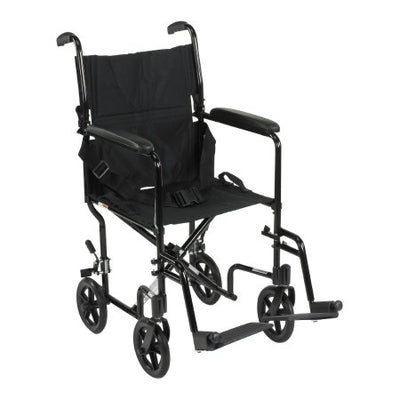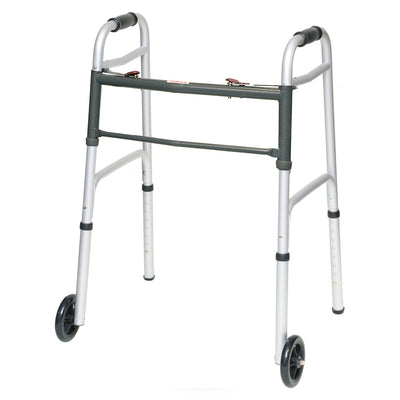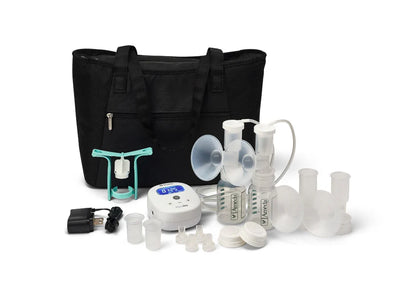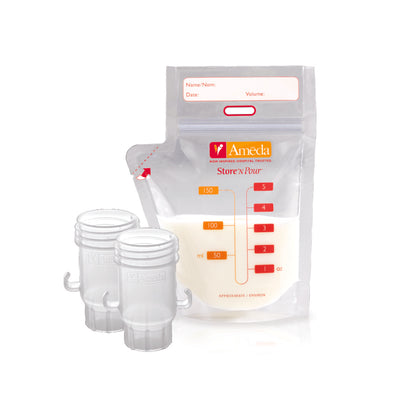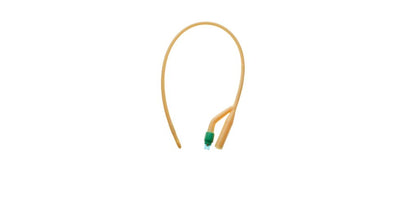It’s no secret that exercise is one of the keys to staying healthy, but stress incontinence can make exercising difficult. However, it is possible to reduce or even prevent stress incontinence when engaging in physical activity.
Tips to Manage Stress Incontinence
1) Bladder Training and Health
Bladder training can prevent incontinence when participating in physical activity by allowing you to regain control of when you go, rather than being controlled by your bladder. The first step is to start a bladder diary of when you go, how much you drink, and when a leak occurs. Once you have an idea of what is regular, you can start getting into a routine. Your schedule can be something like going every 2 hours, and then progressively extending the time in between bathroom breaks. Talk to your doctor about starting bladder training, they will probably work with you to get a schedule in place, but at the very least they need to know what you are doing in regards to your health.
A misconception about incontinence is that drinking water can make it worse, when in reality not drinking enough water will have this effect. Part of a healthy bladder is staying hydrated. Not drinking enough water will dehydrate you and causes the liquid in your bladder to become more concentrated leading to irritation. So instead of skipping that glass of water, go to the bathroom before your workout and if needed take a break to use the restroom.
Having incontinence doesn’t mean your bladder isn’t healthy but having a healthy bladder can reduce the risk of incontinence. It is important to maintain a healthy bladder to reduce any risks that could cause or worsen incontinence, such as a UTI.
2) Avoid Caffeine and other diuretic drinks
Unfortunately, some of our favorite drinks can make it much harder to control the bladder and increase the risk of incontinence. The good news? We know what these are, and we can avoid drinking them before physical activity. The two biggest culprits for overworking your bladder and increasing the risk of leaks are Caffeine and Alcohol. Avoiding drinks with either of these can help reduce an incontinence incident when engaging in physical activity.
Although, it is more important if experiencing urge incontinence, it is important to mention that spicy and acidic foods and drinks can cause irritation and trigger incontinence problems. Avoiding citrus beverages and other juices may help improve incontinence problems.
3) Make Pelvic Floor Exercises a part of your daily routine
Pelvic floor exercises, like Kegels, are designed to strengthen the muscles that control your bladder. So, by strengthening these muscles you are more likely to have better control over your bladders function.
To do a Kegel, contract the muscles that you would use to hold urine in, hold for 3-5 seconds, and relax. Do this 8-10 times daily. You can get vaginal weights to improve your Kegels, by having to hold the weights in place.
Your pelvic floor is made up of a spiderweb of muscles so strengthening that area and the muscles that interact with it can make a big difference. In fact, physical therapists Tasha Mulligan, created a workout DVD, Hab It, strictly for fighting incontinence by strengthening the pelvic floor. She suggests that strengthening the transverse abdominis can improve your bladder control.
Ask your doctor about different pelvic floor exercises.
4) Get in Shape and Drop Excess Weight
Another reason to not let your incontinence get in the way of you exercising is because of the correlation between obesity and incontinence. The excess weight ends up putting pressure on your bladder, making it harder to hold urine and making your incontinence worse. Eliminating the excess weight will reduce the unnecessary pressure that is being exerted on your bladder and could even eliminate your incontinence.
The hard thing with this is your stress incontinence may be getting in the way of exercising. Luckily, there are exercises and techniques that reduce the pressure on the bladder. Until your incontinence improves or you feel comfortable doing so, you should avoid exercises that make you bear down or hold your breath, such as crunches, double leg raises, and heavy weight training. You can participate in heavy weight training without it encouraging incontinence if you learn how to breathe correctly, which an expert can help you achieve. The key to physical activity when you have incontinence is participating in exercises that lift your chest, lengthen your spine, reduce pressure on your bladder, and strengthen your pelvic floor and core muscles. These exercises include swimming, yoga, bicycling, Pilates, and more.
Although incontinence products do not prevent incontinence from occurring, they can help you manage it. Don’t let incontinence get in the way of your path to health and wellbeing. Things like liners, pads, and briefs can all be used to help you stay in control. Check some of them out here. If these tips and incontinence products are not working for you, then talk to your doctor about the different treatment options out there.
Learn more about the different types of incontinence, their symptoms, and treatments here.








